NYC, 23.04.24
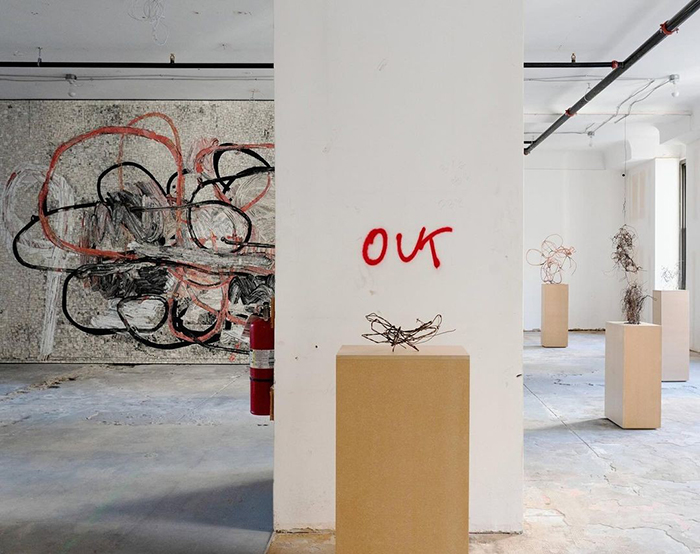
Christopher Wool (1955), es uno de los sobrevivientes de la efervescente escena artística de Nueva York, que estuvo influenciada por los movimientos punk y no wave de principios de los 70. Como artista se caracteriza por presentar un arte que no es “glamouroso” y que, más bien, cuestiona “lo artísticamente correcto” a través de sus irónicas pinturas y sus sombrías exploraciones fotográficas de paisajes urbanos.
Christopher Wool (1955) is one of the survivors of the effervescent New York art scene that was influenced by the punk and no wave movements of the early 70s. He is characterized by presenting art that is not “glamorous” and instead questions “the artistically correct” through his ironic paintings and his gloomy photographic explorations of urban landscapes.
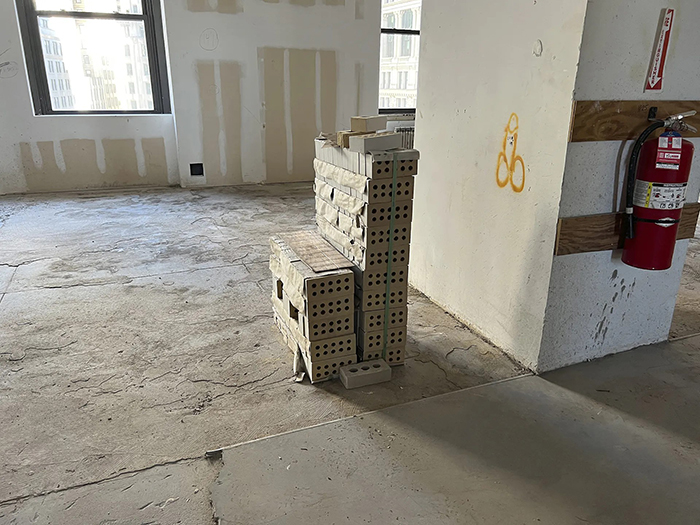
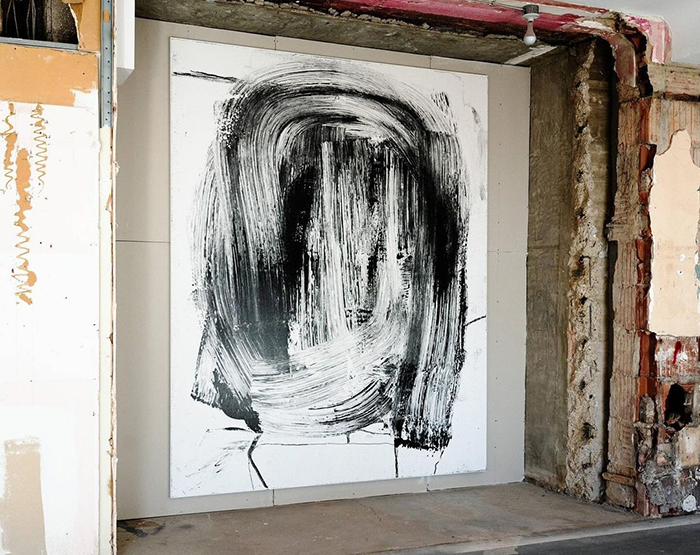
Después de su retrospectiva en el Guggenheim en 2014, regresa con una exposición que se inauguró el 14 de marzo bajo el título “See Stop Run”, donde una vez más, expresa el espíritu del bricolaje a través de pinturas, fotografías, dibujos, grabados, carteles y libros, sumando un total de 75 obras. El proyecto, ubicado en el piso 19 del edificio 101 de Greenwich, un espacio que antes albergaba el estudio de arquitectura de Daniel Libeskind, ahora se ha transformado en un lugar exquisito para Wool y su propuesta.
After his retrospective at the Guggenheim in 2014, he returns with an exhibition that opened on March 14th titled ‘See Stop Run,’ where he once again expresses the spirit of bricolage through paintings, photographs, drawings, prints, posters, and books, totaling 75 works. The project, located on the 19th floor of the 101 Greenwich building, a space that once housed Daniel Libeskind’s architecture studio, has now been transformed into an exquisite venue for Wool and his proposal.
De la mano de la curadora belga Anne Pontégnie, han instalado esta exposición donde las obras, irónicamente, no están a la venta. Hemos contactado a la curadora y nos contó detalles importantes sobre este proyecto y su trabajo con el artista Christopher Wool.
Under the guidance of Belgian curator Anne Pontégnie, they have installed this exhibition where, ironically, the artworks are not for sale. We have reached out to the curator, and she shared important details about this project and her work with the artist Christopher Wool.
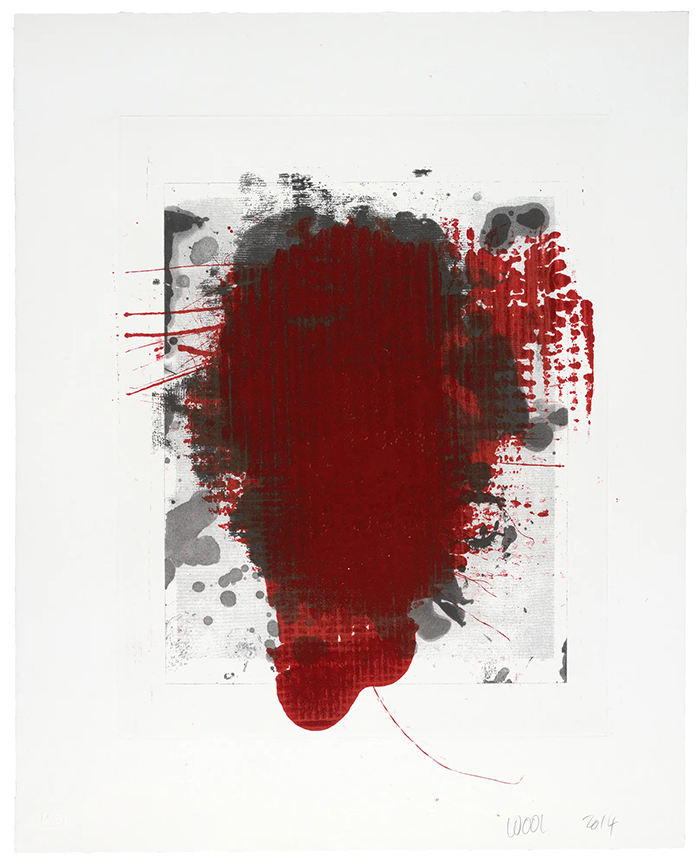
E: Mencionas en el texto sobre el proyecto que has trabajado antes con Christopher Wool, y en 2001 fuiste la curadora de una exposición donde conectabas sus pinturas con sus fotografías. ¿Cuál es la evolución que has visto del artista, desde esa época hasta hoy?
A: Diría que el trabajo de Christopher Wool siempre evoluciona, utilizando una idea anterior para construir una nueva, de una manera muy intuitiva. La exposición en 101 Greenwich documenta la evolución del trabajo de Christopher durante la última década, de la cual la escultura es el capítulo más destacado. La exposición comienza con una serie de fotografías de formas esculturales accidentales encontradas en chatarrerías y tierras desiertas alrededor de Marfa, donde el artista trabaja y vive parte del año. Las esculturas colgantes de alambre y las pequeñas esculturas de alambre son restos de cercas, ligeramente manipuladas por el artista. Más tarde, algunas se convierten en esculturas de bronce fundido más grandes, a través de un proceso digital que se ha convertido en una herramienta importante para Wool durante los últimos 20 años.
E: You mention in the text about the project that you have worked with Christopher Wool before, and in 2001 you were the curator of an exhibition where you connected his paintings with his photographs. What is the evolution you have seen in the artist, from that time until today?
A: I would say that Christopher Wool’s work always evolves, using a former idea to build a new one, in a very intuitive way. The exhibition at 101 Greenwich documents Christopher Wool’s work evolution over the last decade, of which sculpture is the most salient chapter. The exhibition starts with a series of photographs of accidental sculptural forms found in junkyards and deserted land around Marfa, where the artist works and lives part of the year. The hanging wire sculptures, and small wire sculptures are leftovers of fences, lightly manipulated by the artist. Later, some become larger cast bronze sculptures, through a digital process which has become a major tool for Wool over the last 20 years.
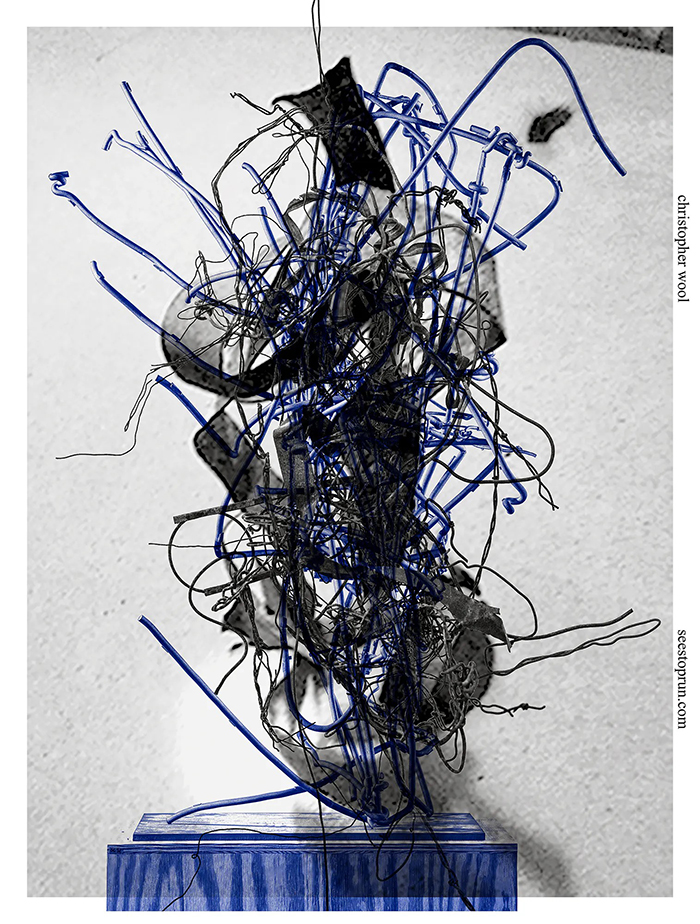
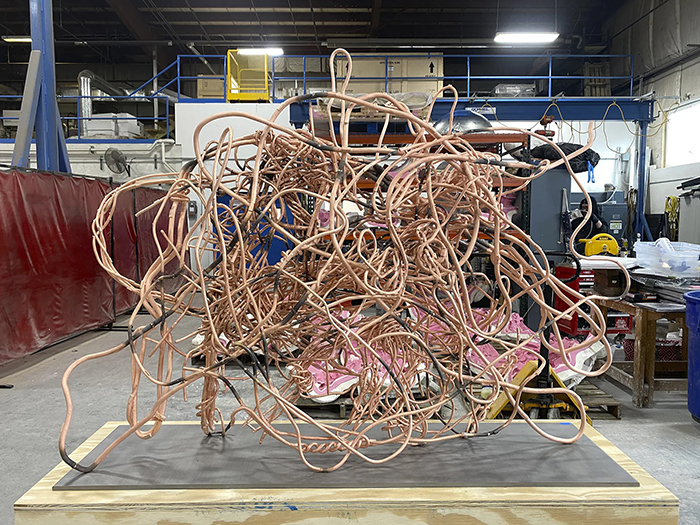
E: ¿Podrías contarnos cómo fue la elección del espacio para realizar este proyecto?
A: Una vez que decidimos encontrar un espacio que tuviera especificidades y ofreciera la posibilidad de interactuar con la obra, fue cuestión de encontrar la combinación adecuada. Luego fue cuestión de entender con quién hablar y cómo proceder; al final, fue paseando por el distrito financiero que Rose y Marie encontraron el espacio. Todos estuvimos de acuerdo en que era perfecto, con la cantidad justa de rusticidad, todas esas ventanas que permitían que la ciudad entrara al espacio, e incluso la altura del techo adecuada para instalar una obra de mosaico.
E: Could you tell us about the process of choosing the space for this project?
A: Once we decided to find a space that had specificities, and offered the possibility of interactions with the work, it was a matter of finding the right match. Then it was a matter of understanding who to talk to and how to proceed, in the end it was by walking around the financial district that Rose and Marie spotted the space. We all agreed it was perfect, with the right amount of roughness, all those windows letting the city into the space, and even the right ceiling height to install a mosaic work.
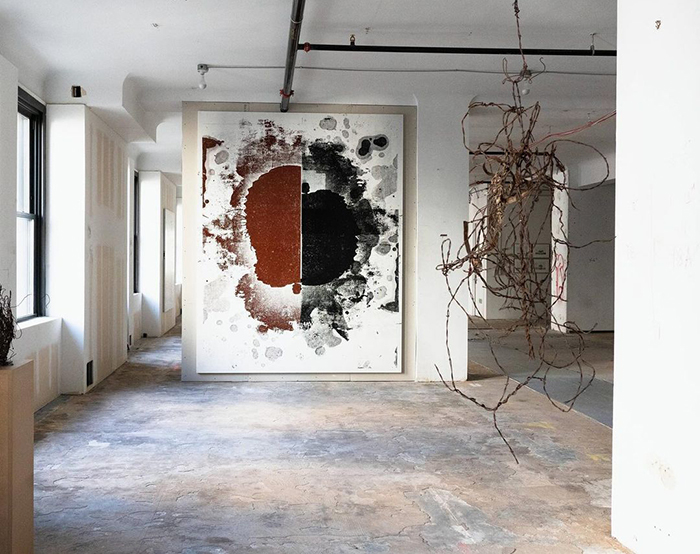
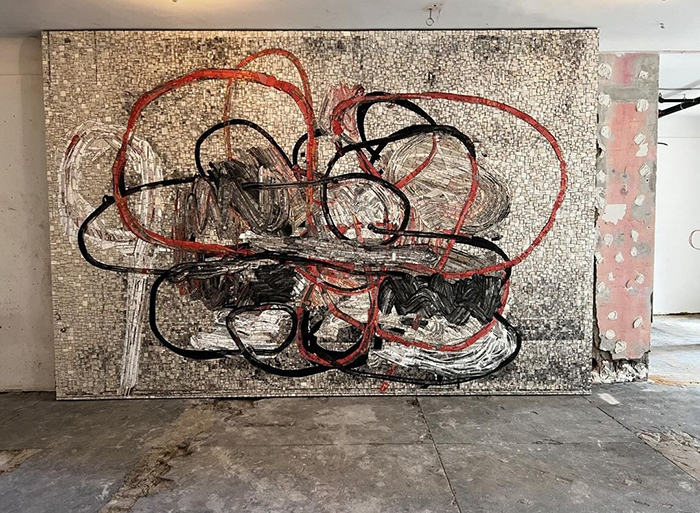
E: Teniendo presente que ya conoces en profundidad el trabajo del artista, ¿cuáles pueden ser las cualidades que engloban su trabajo?
A: Creo que las obras de arte deben estar abiertas a la perspectiva de todos, así que hablaré sobre la mía. Me gusta cómo el artista traduce su experiencia en un lenguaje abstracto que crea conexiones con un tiempo y un lugar. La forma en que Wool utiliza el error, la duda, el borrado como herramientas creativas cuestiona la posición heroica del pintor moderno, abriendo un espacio para una práctica más situada, y creo que con artistas como Franz West o Robert Gober, participó en la deconstrucción de los mitos modernistas.
E: Considering that you already have an in-depth knowledge of the artist’s work, what could be the qualities that encompass his work?
A: I believe that artworks should be open to everyone’s perspective, so I will talk about my own. I like how the artist translates his experience into an abstract language that creates connections to a time and a place. The way Wool uses error, doubt, erasure as creative tools questions the heroic position of the modern painter, opening a space for a more situated practice, and I believe that with artists like Franz West or Robert Gober, he participated in deconstructing Modernist myths.
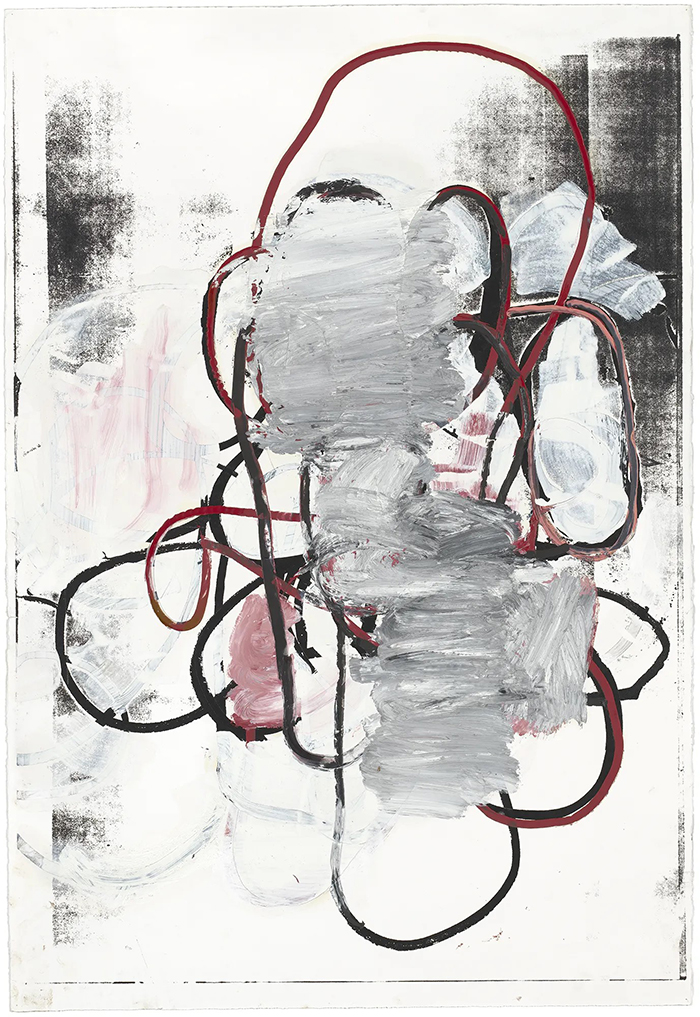
E: Desde su inicio, las obras de Christopher Wool indagan sobre las relaciones con el entorno; tanto de él como creador, así como de sus obras con el espacio de exhibición, como podemos ver en este proyecto. ¿Cuál podría ser el mensaje final que propone el artista con la exposición?
A: Creo que la exposición se trata principalmente de crear condiciones ideales para experimentar con la obra, pero también se trata de reclamar cierta agencia. Las galerías, instituciones, ferias de arte y casas de subastas pueden terminar componiendo el paisaje estructural de la vida de un artista. Escapar del ciclo de vez en cuando puede resultar liberador.
E: Since the beginning, Christopher Wool’s works explore relationships with the environment; both his own as a creator, as well as his works with the exhibition space, as we can see in this project. What could be the final message that the artist proposes with the exhibition?
A: I believe the exhibition is foremost about creating ideal conditions to experiment the work, but it is also about reclaiming some agency. Galleries, institutions, art fairs and auction houses can end up composing the structural landscape of an artist’s life. To escape the cycle occasionally might be liberating.
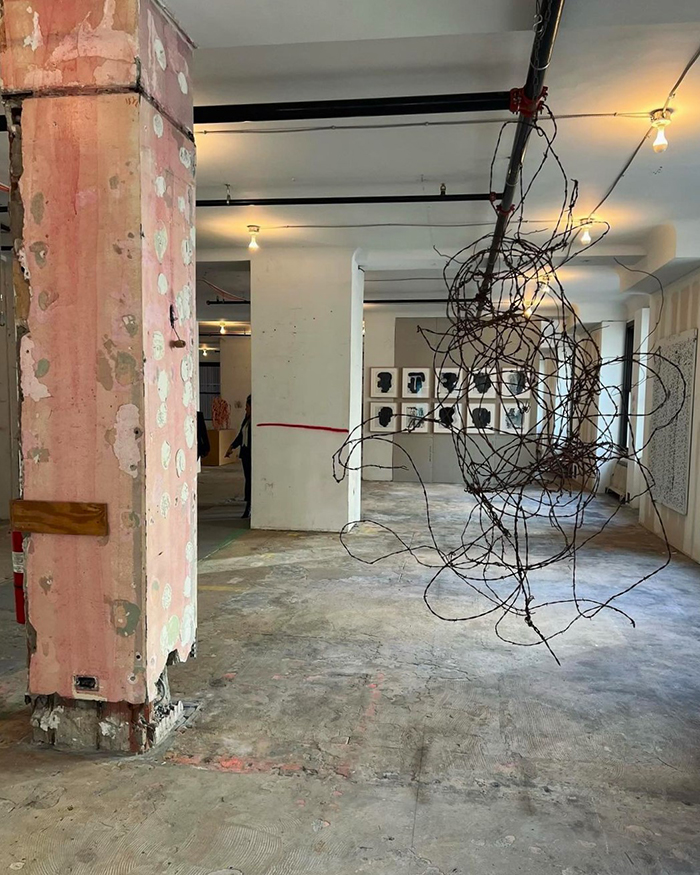

Christopher Wool: See Stop Run,101 Greenwich Street, piso 19.
14 de marzo al 31 de julio de 2024.
Christopher Wool: See Stop Run, 101 Greenwich Street, 19th floor.
March 14th to July 31s, 2024.

